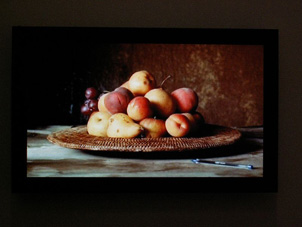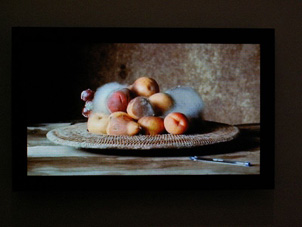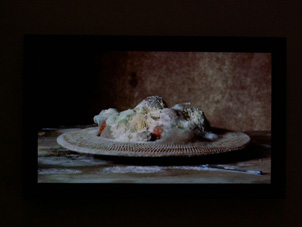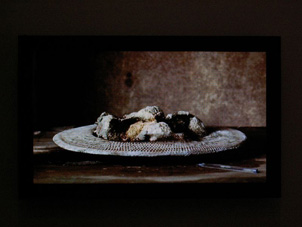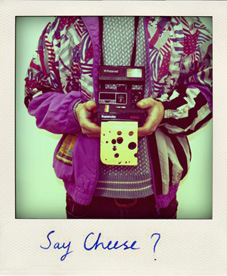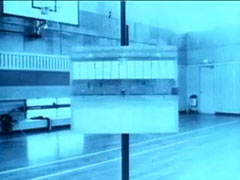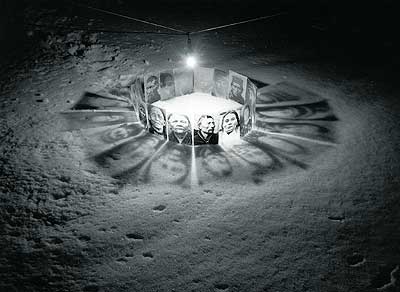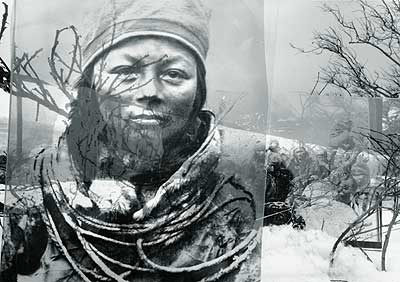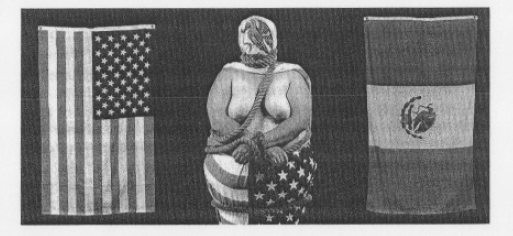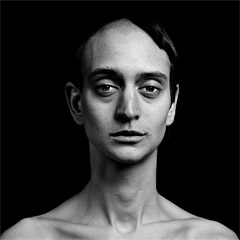Next month I'm back at university. The modules I'm taking this semester are Perspectives in Photography and Publishing Photography.
The Perspectives in Photography module will consider global perspectives in photographic practice, examining the concepts of identity (cultural, ethnic, national, and sexual). We are expected to a) write a 2000 word seminar paper and b) prepare and deliver a student-led seminar on identity and the construction of otherness, working in groups of five.
I'm typing this in an attempt to kick-start the thought process after a three month break. What is meant be "identity"; what is meant by "the other"?
identity: a person's identity is their sense of self and the different contexts within which that selfhood is constructed. It can never be given one simple, coherent description. For example, the national identity into which one is born may well clash with the cultural identity of the community in which one chooses to live; or a gay identity, based on sexuality, may clash with a religious identity based on strict rules governing sexual behaviour.
Identity is not static, but rather a shifting state of affairs that can be investigated, assimilated, and then rejected, as one does an outfit or a hairstyle. Identity manifests itself through group identification, the places we live, and the influence of mass media and advertising. The ways in which we identify, both with ourselves and with others, is constantly bending and evolving. In today's society consider, for example factors such as:
Social networking tools that facilitate new communities online e.g. Facebook, Twitter;
The ubiquity of cosmetic procedures;
Face transplants performed in France, China, and the United States;
Gender reassignment surgery.
the Other: a concept used within psychoanalysis and identity theory, and within post-colonial theory, to signify ways in which members of dominant groups derive a sense of self-location partly through defining other groups as different or 'Other'. Thus, within patriarchy, the male is taken as the norm, and woman as 'Other', that is, not male. Similarly in racist ideologies, whiteness is taken for granted, therefore blackness is seen as Other.
to be continued ...
[off-topic: if you like a game of pac-man, you may like a game of pac-mondarian - Im easily distracted]
